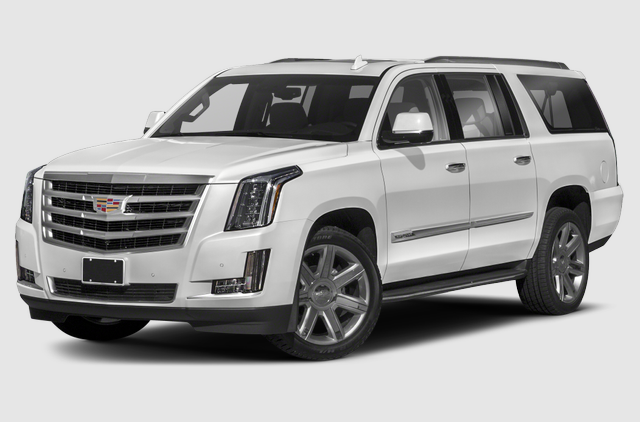You can get some pretty big tax savings by purchasing an eligible Cadillac for use in your business. Below is some general information about the program, but you should always consult your tax advisor to understand your personal circumstances. Due to the 100% first-year bonus depreciation deduction provided by the Tax Cuts and Jobs Act of 2017, there are significant tax benefits to consider if the vehicle will be used commercially in 2018. Generally, for trucks and heavy-duty SUVs purchased after September 27, 2017 and used 100% for commercial use, taxpayers receive a depreciation deduction equivalent to at least 100% of the cost of the new vehicle in the first year. The dividend depreciation rate is set at 80% in 2023, 60% in 2024, 40% in 2025 and 20% in 2026. In 2027 and beyond, bonus depreciation is eliminated.
Advantages of Buying a New Cadillac SUV
Congress also retained a generous “Section 179” spending allowance, providing a substantial cut for taxpayers who opted for the 100% bonus deduction, had taxable income, purchased a truck or heavy-duty SUV in 2017 and used 100% of it for business Taxi. Taxpayers who purchase a heavy-duty SUV (like a Cadillac XT5 or Escalade) can receive a “Section 179 Cadillac Escalade Gross Vehicle Weight” deduction of up to $25,000 in the first year. The rules limiting the amount of annual depreciation that passenger vehicles can deduct do not apply to heavy-duty (over 6,000 pounds) SUVs because they are considered trucks. For example, if you bought a new SUV over £6,000 for $80,000 in 2018 and used 100% of it for business, you would be able to spend $25,000 immediately under Section 179 under the 50% bonus Immediately spend the $27,500 depreciation rule. The remaining $27,500 on an adjusted basis is eligible for a $5,500 depreciation deduction in 2018. This brings your total deduction for purchases of $80,000 in 2018 to $58,000.
The Advantages of Buying a Cadillac for Your Business
The bonus depreciation deduction for the first year plus a generous spending allowance will result in substantial tax relief for taxpayers who purchase a passenger vehicle such as a Cadillac CT6, XTS or CTS after 2017 and use it for business. Under the Tax Cuts and Jobs Act of 2017, the additional first-year depreciation limit combined with bonus depreciation remains at $8,000. Additionally, there is only one set of dollar limits for passenger vehicles, such as ATS or XT4 Crossovers that enter service after December 31, 2017. A passenger car is defined as a vehicle with a gross unlades or full load of less than 6,000 pounds with a truck chassis.
The first-year depreciation limit for passenger vehicles is $10,000, plus the $8,000 allowed if bonus depreciation is taken, for a total of $18,000. For example, if you bought a new passenger car for $30,000 in 2017 and used 100% of it for business, you could spend $18,000 in the first year. The remaining $12,000 will be deducted in subsequent years of vehicle ownership. Likewise, if the preferential bonus depreciation is not extended beyond 2027, the deduction will be significantly reduced assuming the same facts as above for the new passenger car. When the special limit of $8,000 is no longer allowed due to the expiration of the bonus depreciation period, you are only eligible for a deduction of $10,000 for a total deduction of $18,000.
Can I use this if I buy a used or certified used Cadillac?
Note that in general, Cadillac Escalade Section 179 fees and 100% additional depreciation are available for new or used qualifying vehicles. Added used Cadillac that may qualify for bonus depreciation under the Tax Cuts and Jobs Act of 2017.
Consult your tax advisor
It’s important to remember that the Tax Cuts and Jobs Act of 2017 removed taxpayers’ preferential treatment under Code Sec for similar transactions. 1031 previously allowed. Taxpayers will now get a gain or loss on the trade-in car, which will depend on the vehicle’s trade-in value and residual basis. The depreciation cost of a newly purchased vehicle will simply be its original net cost. Individual tax situations may vary. The information provided was accurate at the time of publication. Federal regulations and tax guidance are subject to change. Please consult your tax advisor for full details of the rules that apply to your business.

